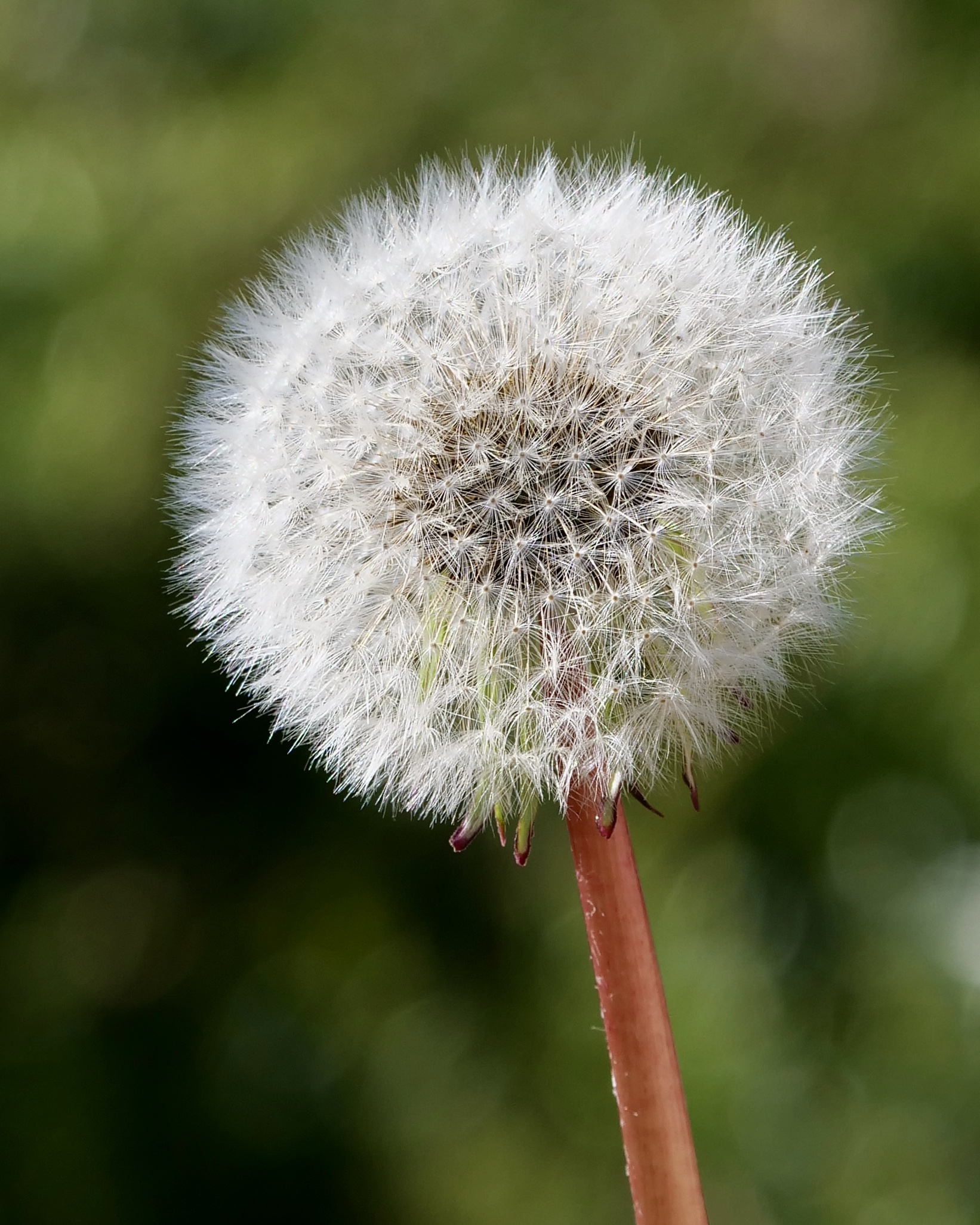Lion’s teeth, wind-riders, and a bad reputation….
I am referring to members of Taraxacum – a large genus of flowering plants. which most Australians regard as weeds and/or as highly invasive pests.
They are generally known as dandelions; Australian has some native species, but the ones so very familiar to most of us are indeed “alien invaders”.
For those who attempt to grow “perfect” lawns, dandelions are a much-hated “enemy”.
That said, the intricate elegance and beauty of their spherical “clocks” – their seed heads – is undeniable.
(photo is copyright Doug Spencer, taken at 2.47 pm on 13 July 2022 on western side of Lake Monger)
The common name comes from “dent-de-lion”, meaning “lion’s tooth” – a reference to the jagged appearance of the common dandelion’s leaves.
Buckminster Fuller is oft-credited with having “invented” geodesic domes, in 1945, in the USA.
In fact, more than a quarter of a century earlier, in Germany, Walther Bauersfeld had already “invented” the geodesic dome, as you can read here.
Of course, nature had already “done the relevant maths” long before Homo sapiens was “invented”.
Dandelions’ clocks are probably not especially relevant to geodesic domes, but they are among many natural forms which anticipated them.
A dandelion’s flower head has many individual flowers.
Each fertilised flower produces a single seed, with its own “parachute” – all, exquisitely assembled as the dandelion’s “clock”.
Breezes then progressively demolish the “clock”, and the seeds ride the wind however far it and their parachutes carry them.
British freelance cinematographer Neil Bromhall is a time-lapse specialist:
The video is available, once you click the “watch on YouTube” prompt.
Visual appeal is not the only reason that Australians would do well to reconsider their hostility or indifference to dandelions.
Not merely edible, they are in fact highly nutritious and offer a human “foodie” many different eating (and drinking) possibilities, as detailed in this article & the video embedded therein.
#9 in this series stars another “alien invader”, but this one is generally not recognised as one.
Arguably, this one’s “good” reputation in Perth is more underserved than is the dandelion’s “bad” one.
